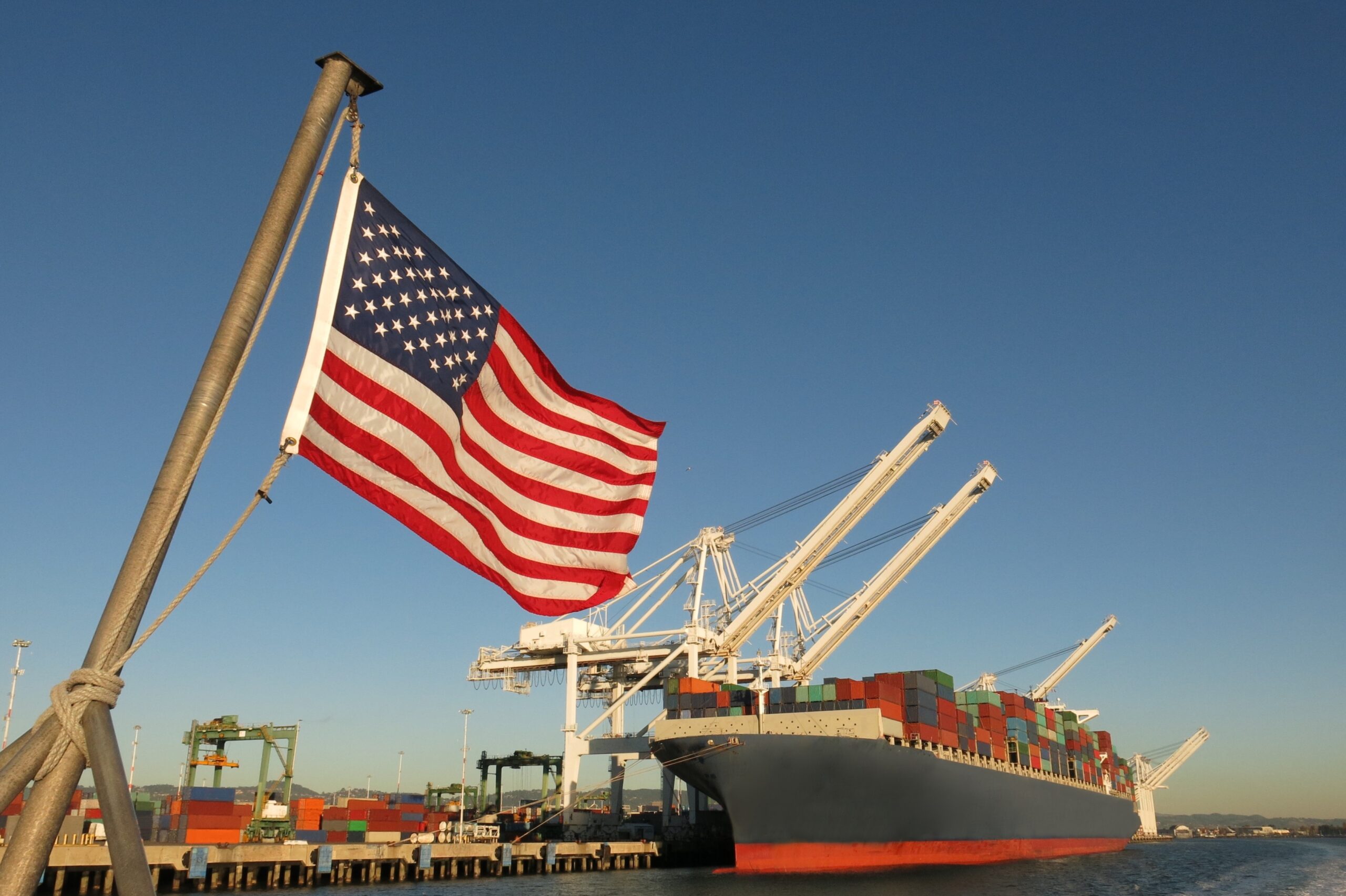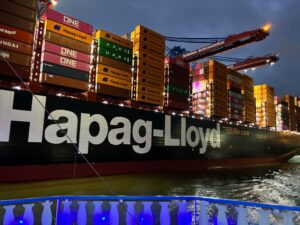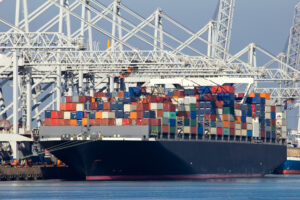US major container ports have already seen a surge in imports that is expected to continue because of potential increases in tariffs, according to the Global Port Tracker report released earlier this month by the National Retail Federation (NRF) and Hackett Associates.
Meanwhile, importers had already front-loaded cargo by the fear of a possible strike at U.S. East and Gulf Coast ports, giving a boost to imports in December and early January.
A potential strike at East Coast and Gulf Coast ports has been avoided with the announcement of a tentative agreement on a new six-year labor contract between the International Longshoremen’s Association and the U.S. Maritime Alliance, but the nation’s major container ports have already seen a surge in imports.
“Just a few days ago, the clock was ticking down toward a possible strike at U.S. East and Gulf Coast ports, and an agreement that would avoid a shutdown appeared to be some way off,” Hackett Associates founder Ben Hackett said. “We have narrowly averted a strike, but that doesn’t mean there hasn’t been an impact.”
“The new contract brings certainty and avoids disruptions, and we hope to see it ratified as soon as possible,” NRF vice president for supply chain and customs policy Jonathan Gold said. “But the agreement came at the last minute, and retailers were already bringing in spring merchandise early to ensure that they would be well-stocked to serve their customers in case of another disruption, resulting in higher imports. The surge in imports has also been driven by President-elect Trump’s plan to increase tariffs because retailers want to avoid higher costs that will eventually be paid by consumers. The long-term impact on imports remains to be seen.”
NRF analyzes economic conditions affecting the industry through reports such as Global Port Tracker.
U.S. ports covered by Global Port Tracker handled 2.17 million twenty-foot equivalent units – one 20-foot container or its equivalent – in November, although the Ports of New York and New Jersey have yet to report final data, according to the NRF.
“That was down 3.2% from October but up 14.7% year over year,” NRF added in its release.
Ports have not yet reported December’s numbers, but Global Port Tracker projected the month at 2.24 million TEU, up 19.2% year over year. That would bring 2024 to 25.6 million TEU, up 15.2% from 2023.
Before the October port contract extension and the 2024 elections, November had been forecast at 1.91 million TEU and December at 1.88 million TEU, while the total for 2024 was forecast at 24.9 million TEU.
January is forecast at 2.16 million TEU, up 10% year over year; February at 1.87 million TEU, down 4.5% because of Lunar New Year factory shutdowns in China; March at 2.13 million TEU, up 10.6%; April at 2.18 million TEU, up 8%, and May at 2.2 million TEU, up 5.9%.
Global Port Tracker, which is produced for NRF by Hackett Associates, provides historical data and forecasts for the U.S. ports of Los Angeles/Long Beach, Oakland, Seattle and Tacoma on the West Coast; New York/New Jersey, Port of Virginia, Charleston, Savannah, Port Everglades, Miami and Jacksonville on the East Coast, and Houston on the Gulf Coast.



